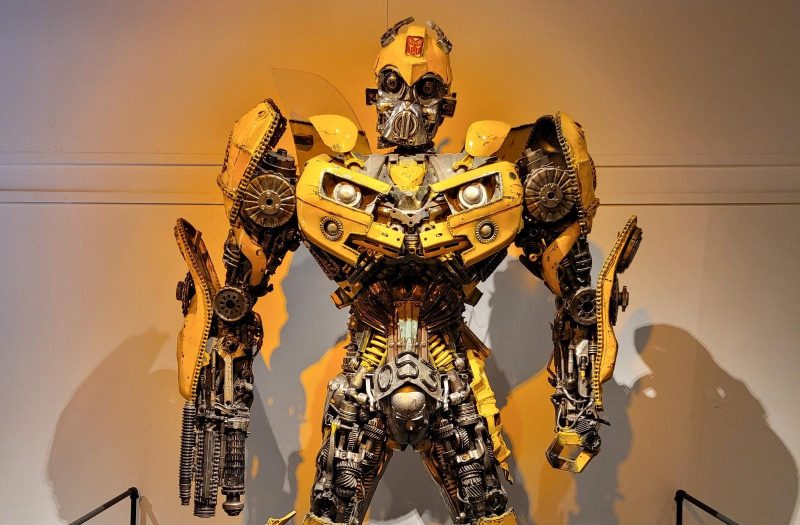
The Swedish National Museum of Science and Technology
Hi guys,
Today I invite you to accompany me on a formidable expedition to The Swedish National Museum of Science and Technology (Tekniska museet)!
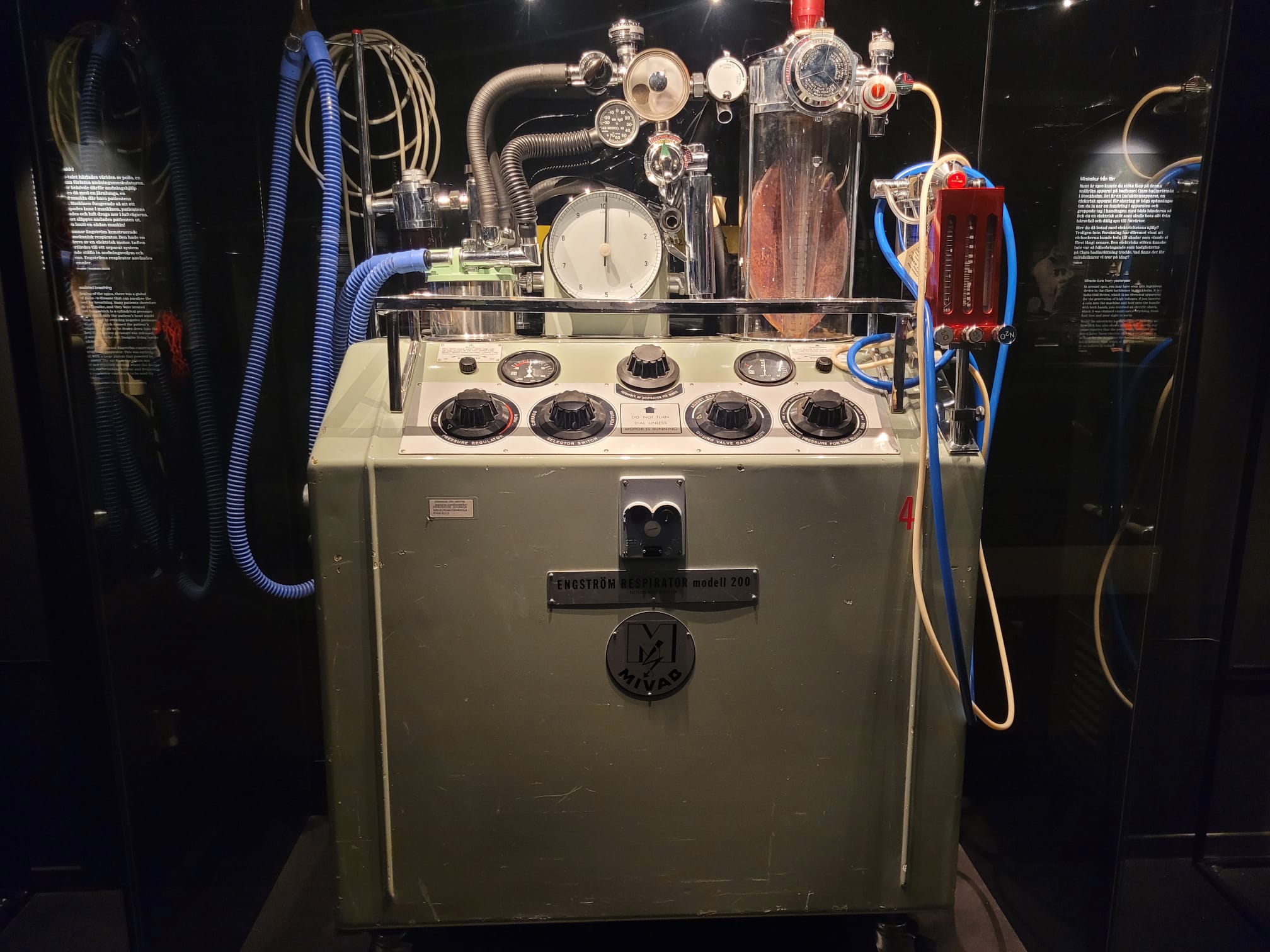
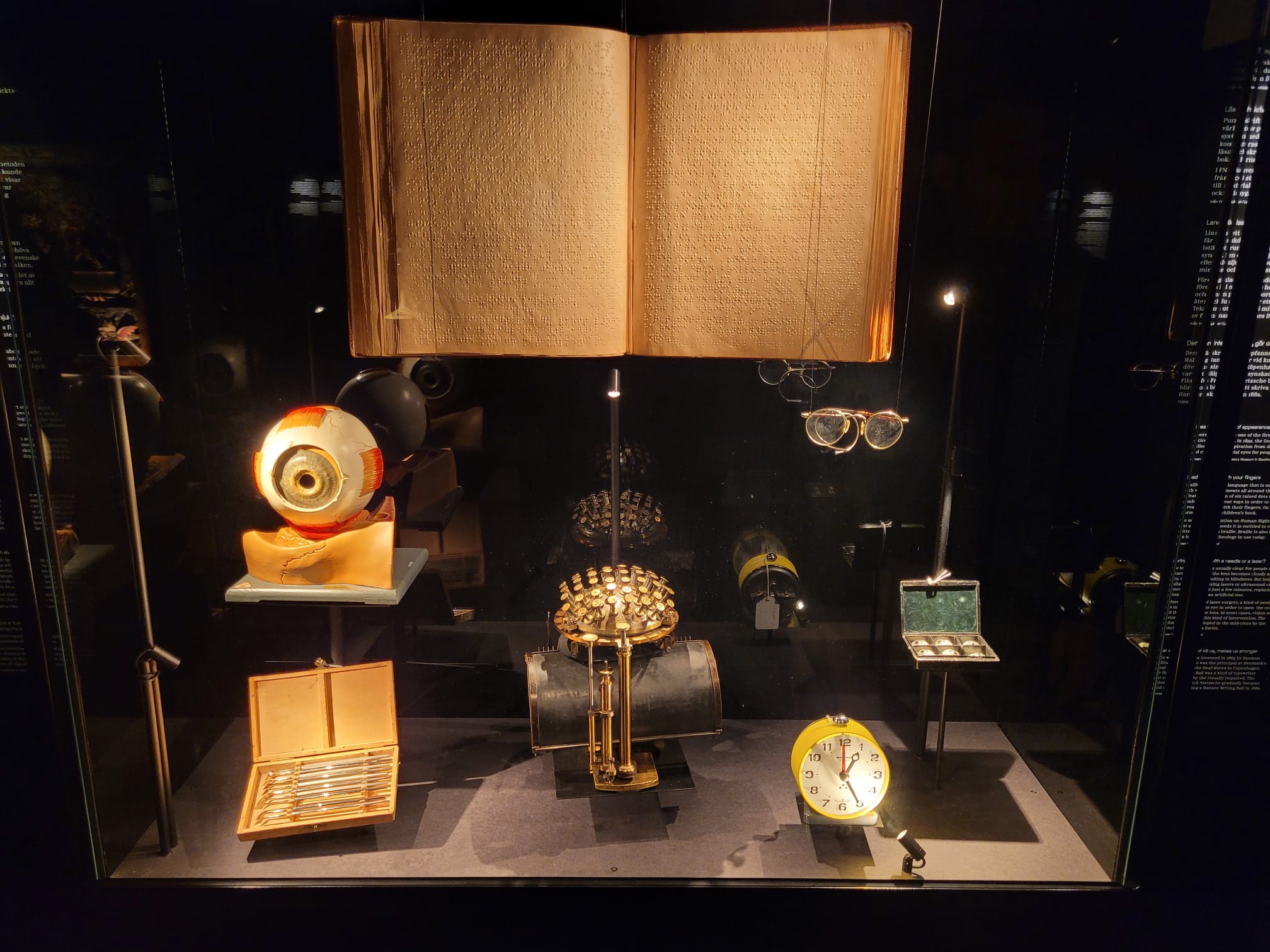
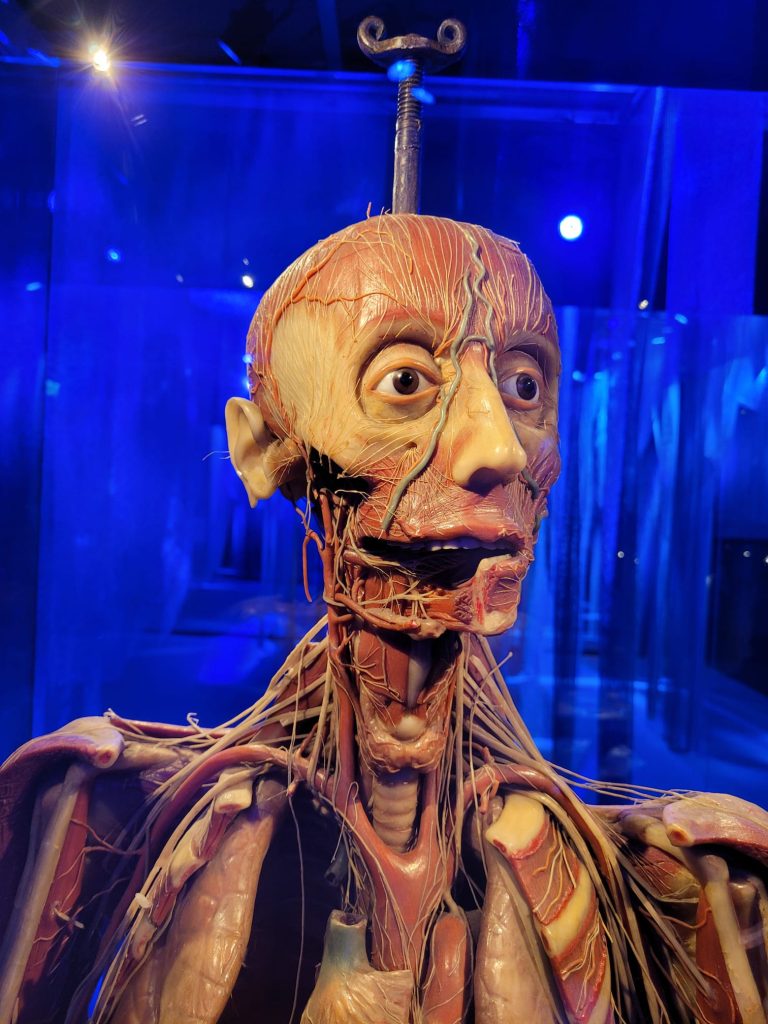
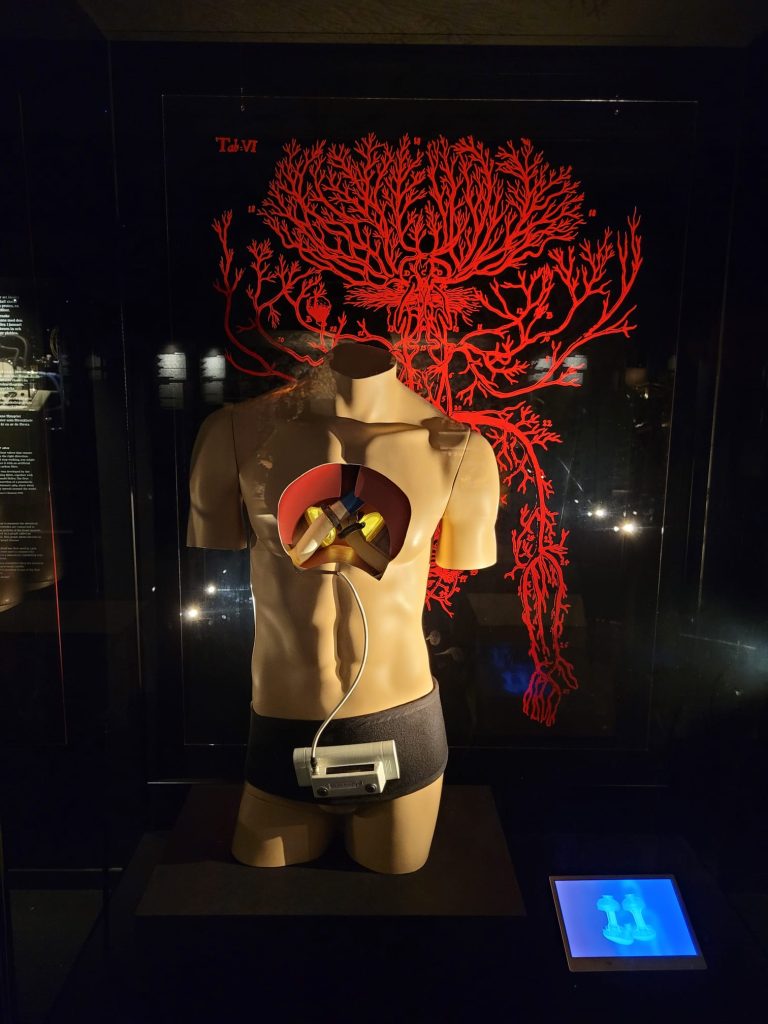
A mechanical representation of eternal damnation
One of the spookiest works of art dating back to The Victorian Era was featured in a classic Swedish horror film about the evolution of witchcraft. Little did I know that this altarpiece is in fact an ingenious automaton, the inarguable medieval ancestor of anthropoid robots.
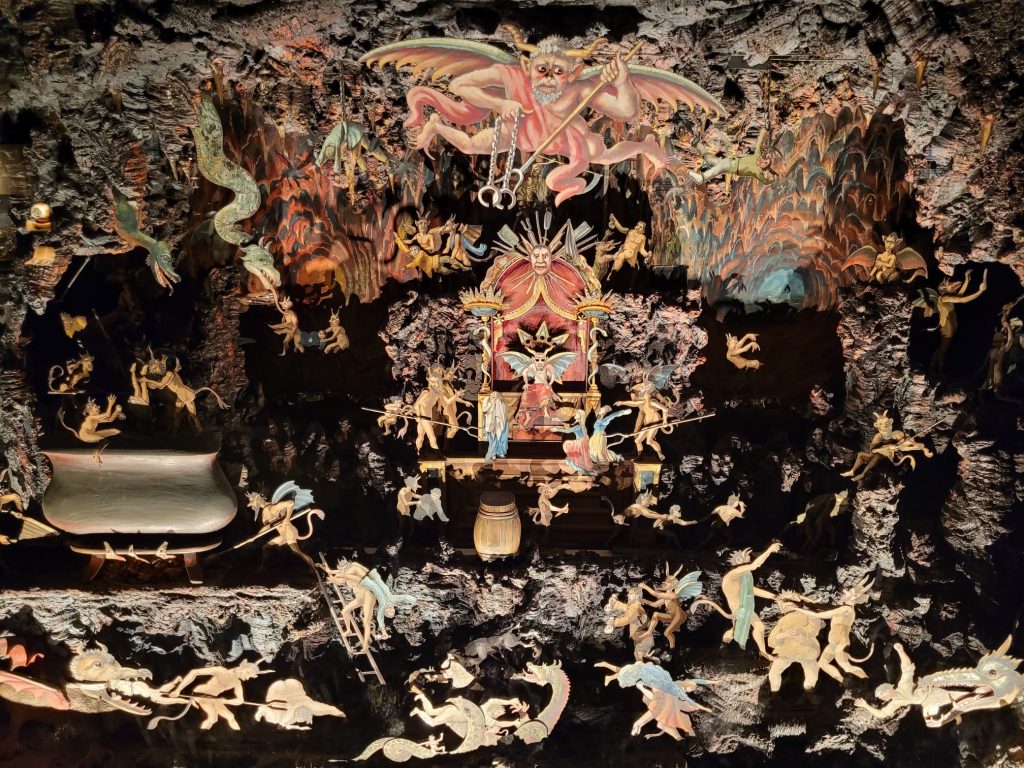
The unsolved puzzle of the brain
This exhibit literally drowned me in an exhaustive discussion about human intelligence. Was phrenology successfully debunked? Can we victoriously transplant embryonic stem cells into the brains of patients suffering from Parkinson’s disease in order to heal this long-term degenerative disorder? What were the survival rates following the use of trepanning during the Stone Age compared to those corresponding to the modern brain surgery technique with electrodes?
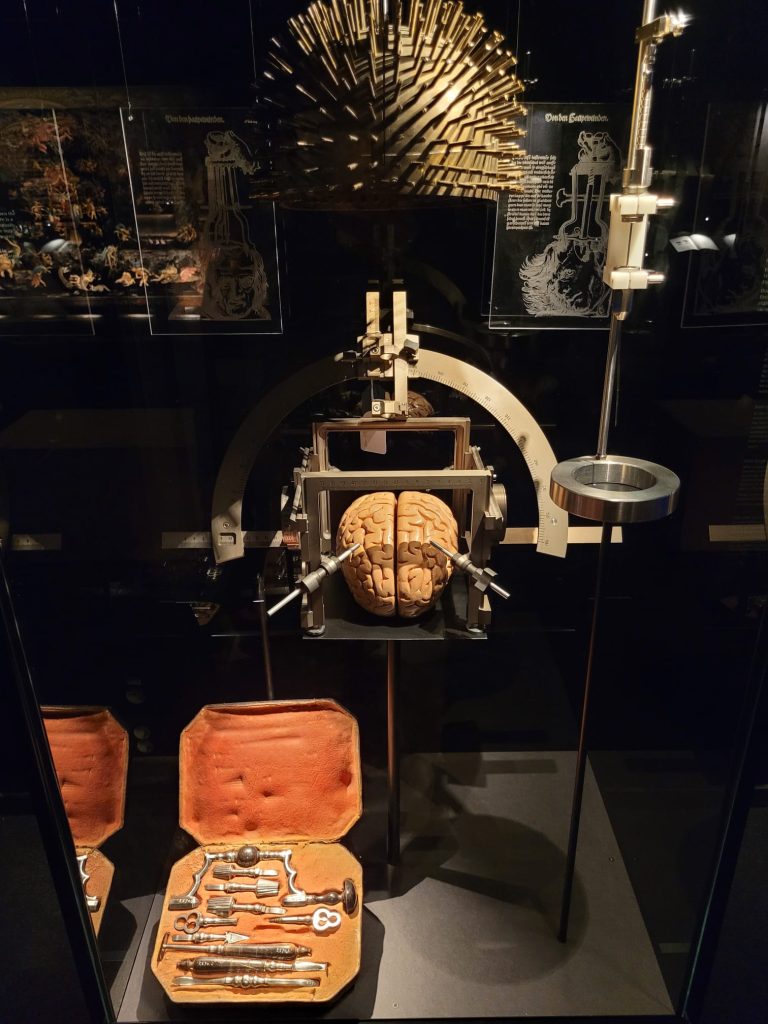
Always follow your heart
As a matter of fact, we can certainly listen to our heart by measuring its electrical activity using an electrocardiograph machine. Back in the day, however, let’s just say that such a laboratory apparatus was monstrously large. So, you might be wondering how a sick patient was connected to this mammoth equipment … and the answer is simple, but not easy: telephone wires! Nevertheless, in 1931, the inventor Rune Elmqvist helped us get rid of this stumbling block and developed small, mobile ECG devices.
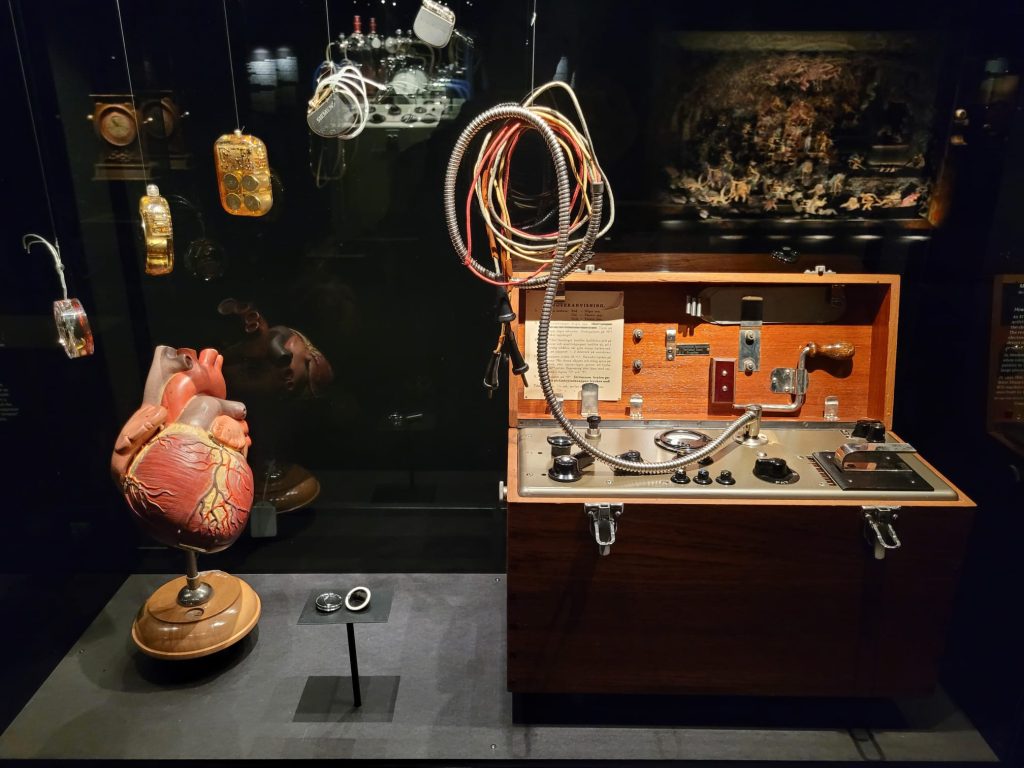
The harmful cure
Just imagine that you are in the ’90s, suffering from hair loss and you’ve just heard about a miraculous treatment that cures any type of disease, including warts and poor eyesight. Super cool, right? The only thing you are supposed to do is to insert a coin into an induction device while using both hands to hold onto the handles. High-voltage electricity will be generated and so you will get injured as a result of the occurrence of an electric shock. Consequently, instead of healing, you will actually damage your heart, but you will not be able to notice the destructive effects right away, but after a while.
The moral of this terribly sad story extrapolated to our modern society is not to believe in all the healing recipes you can find on the internet.
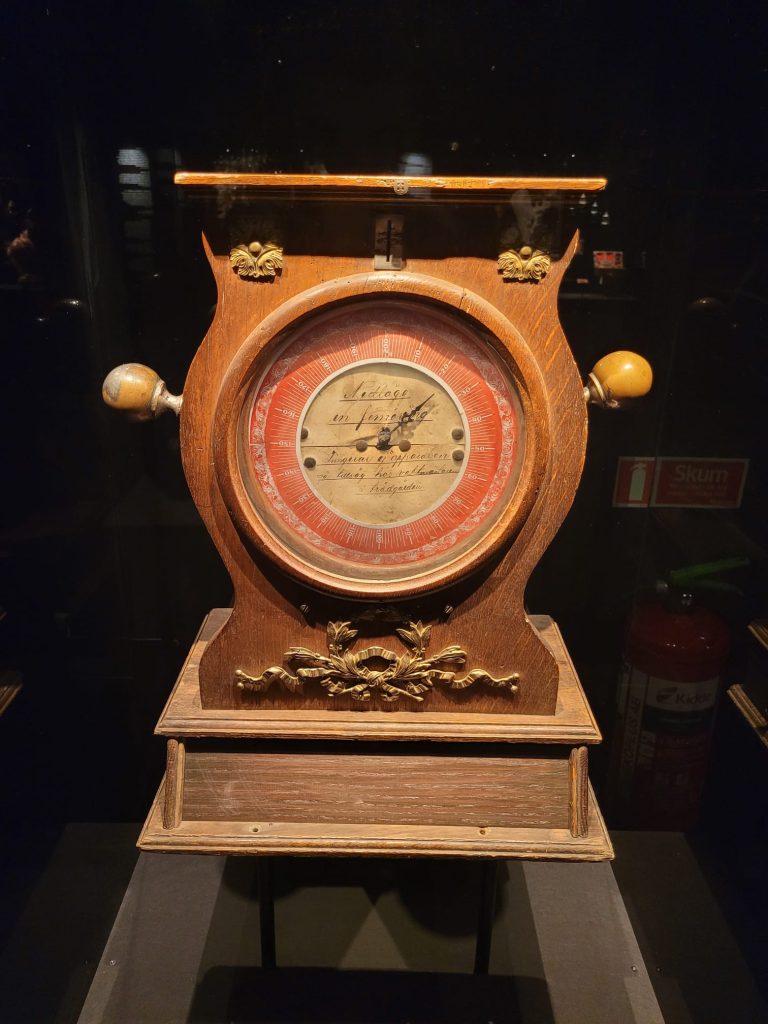
Stem cell universe
While wandering around the Hyper Human exhibition, I suddenly stumbled upon an entire subsection dedicated to stem cells! From genome editing with CRISPR-Cas9 to stem cells maturing and developing into nerve cells, here you will find the paradise of developmental biology. Helpful tip: try to visit this section after attending the course “Cell-, Stem Cell and Developmental Biology” as you will better understand the subject.
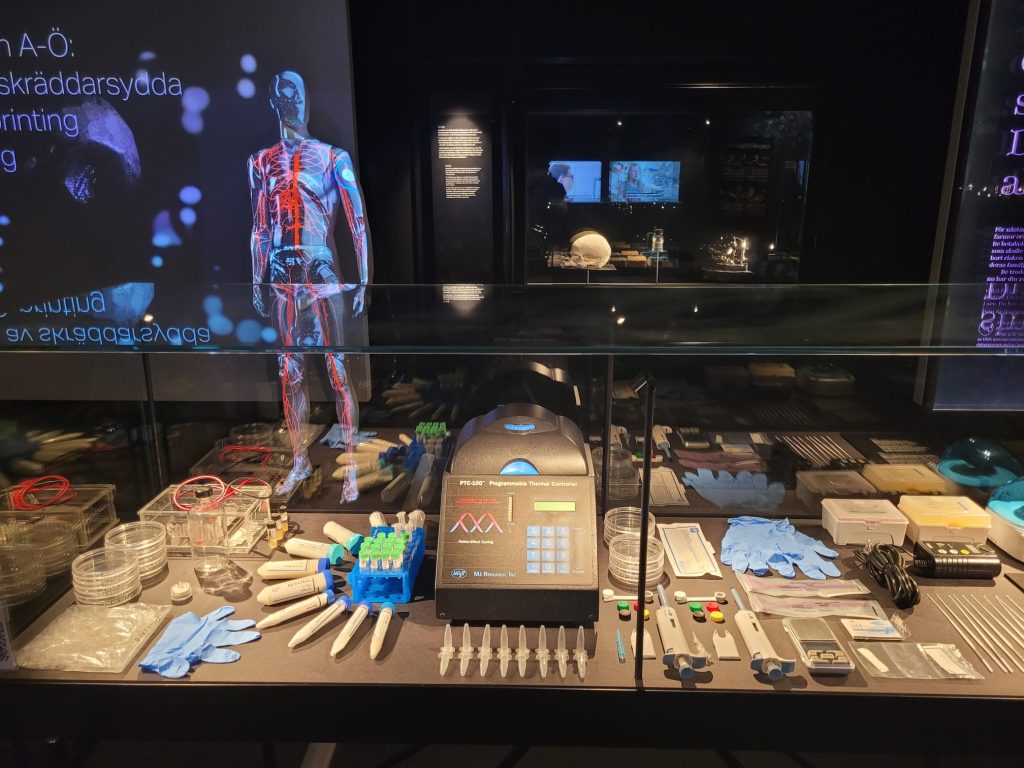
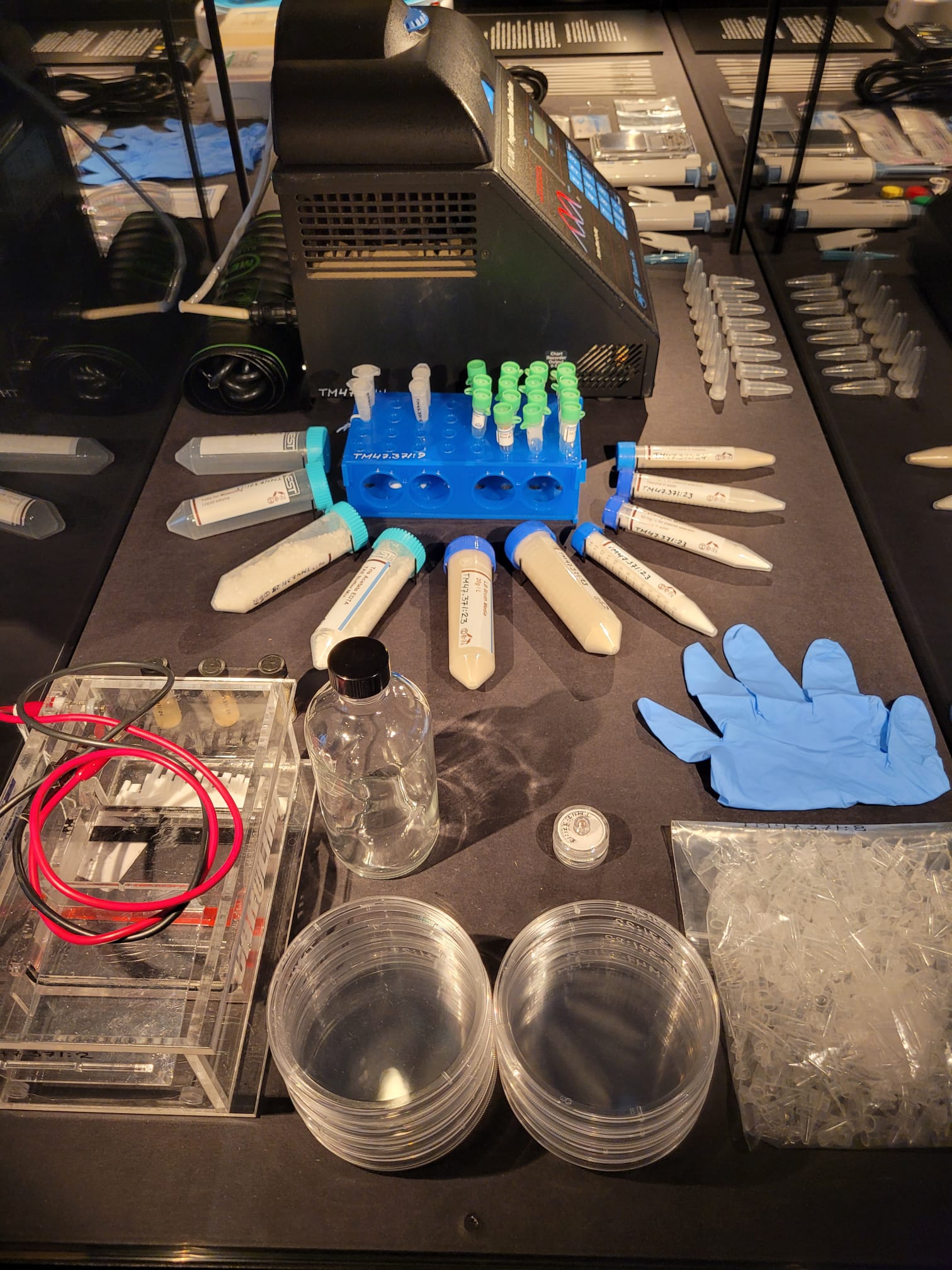
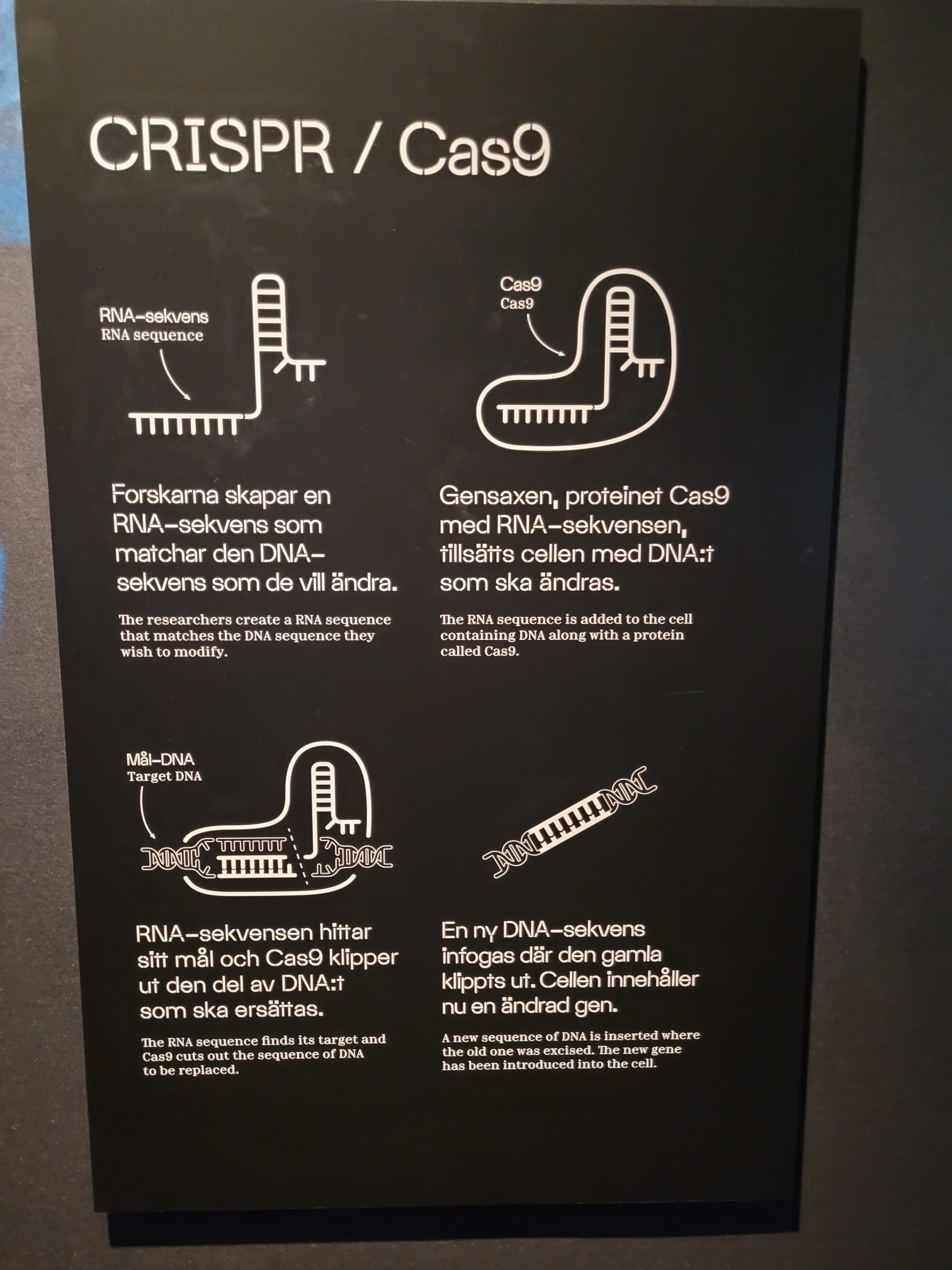
An underground journey into the past
The museum will give you the unique opportunity to explore some artificially designed mines in such a way as to reproduce and make us aware of the dangers to which the miners were exposed every single day when they were extracting the ores.
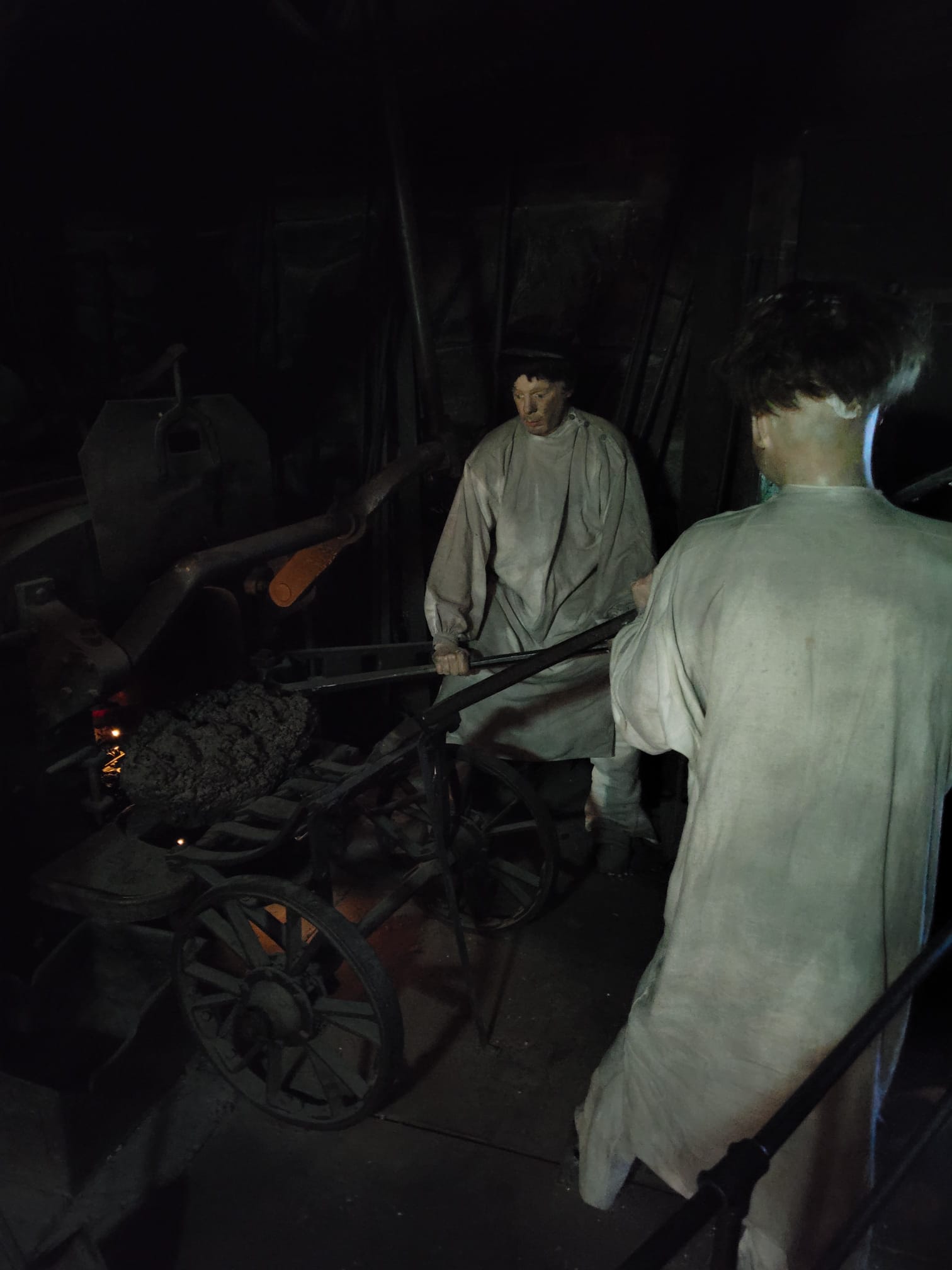
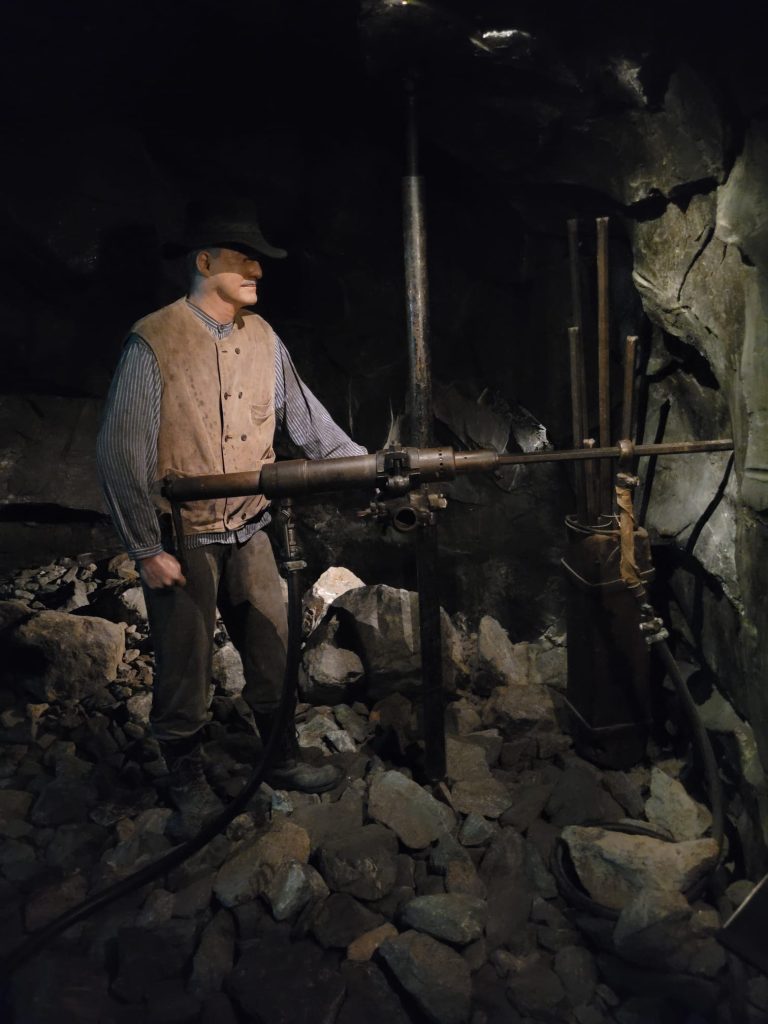
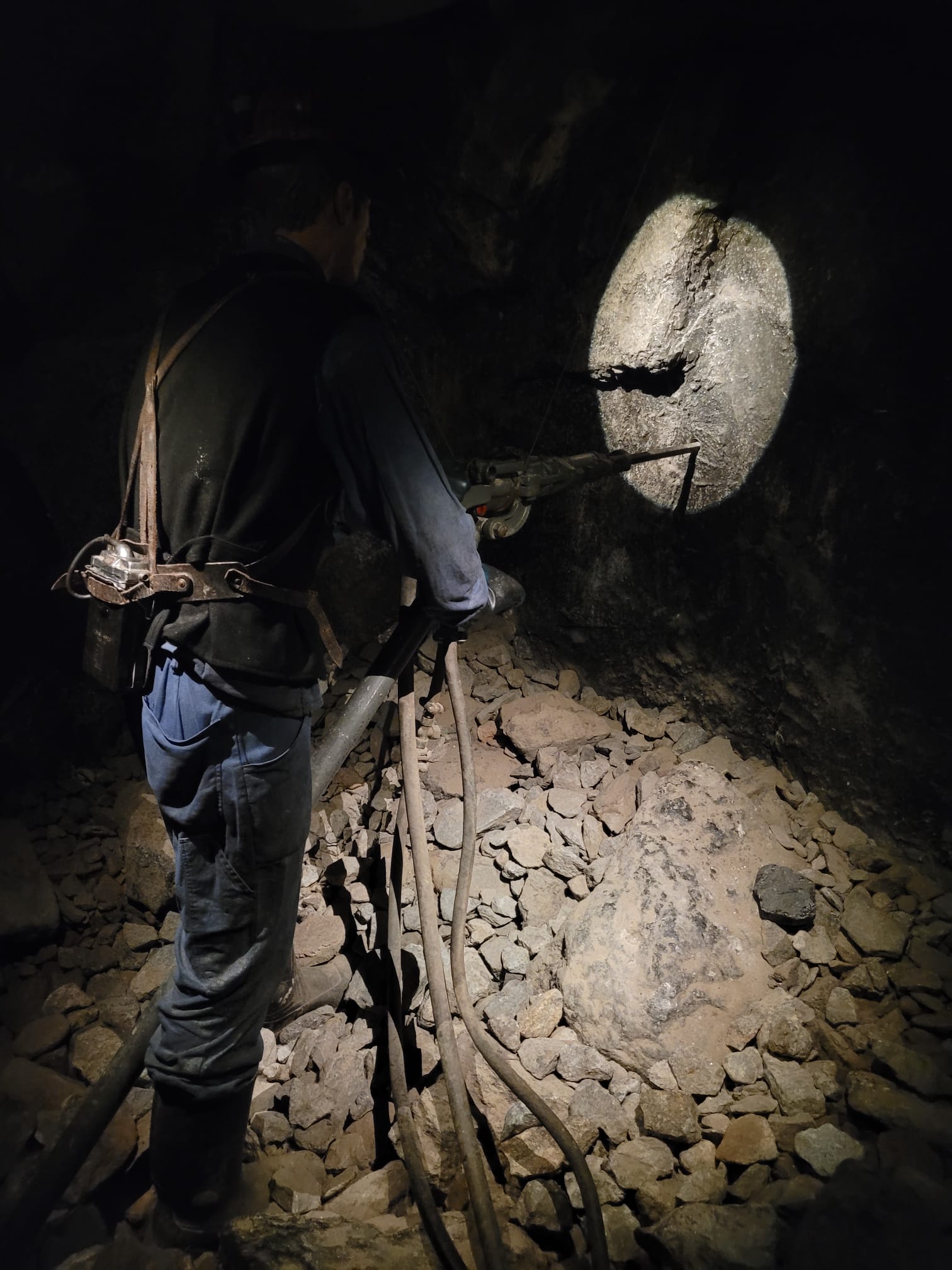
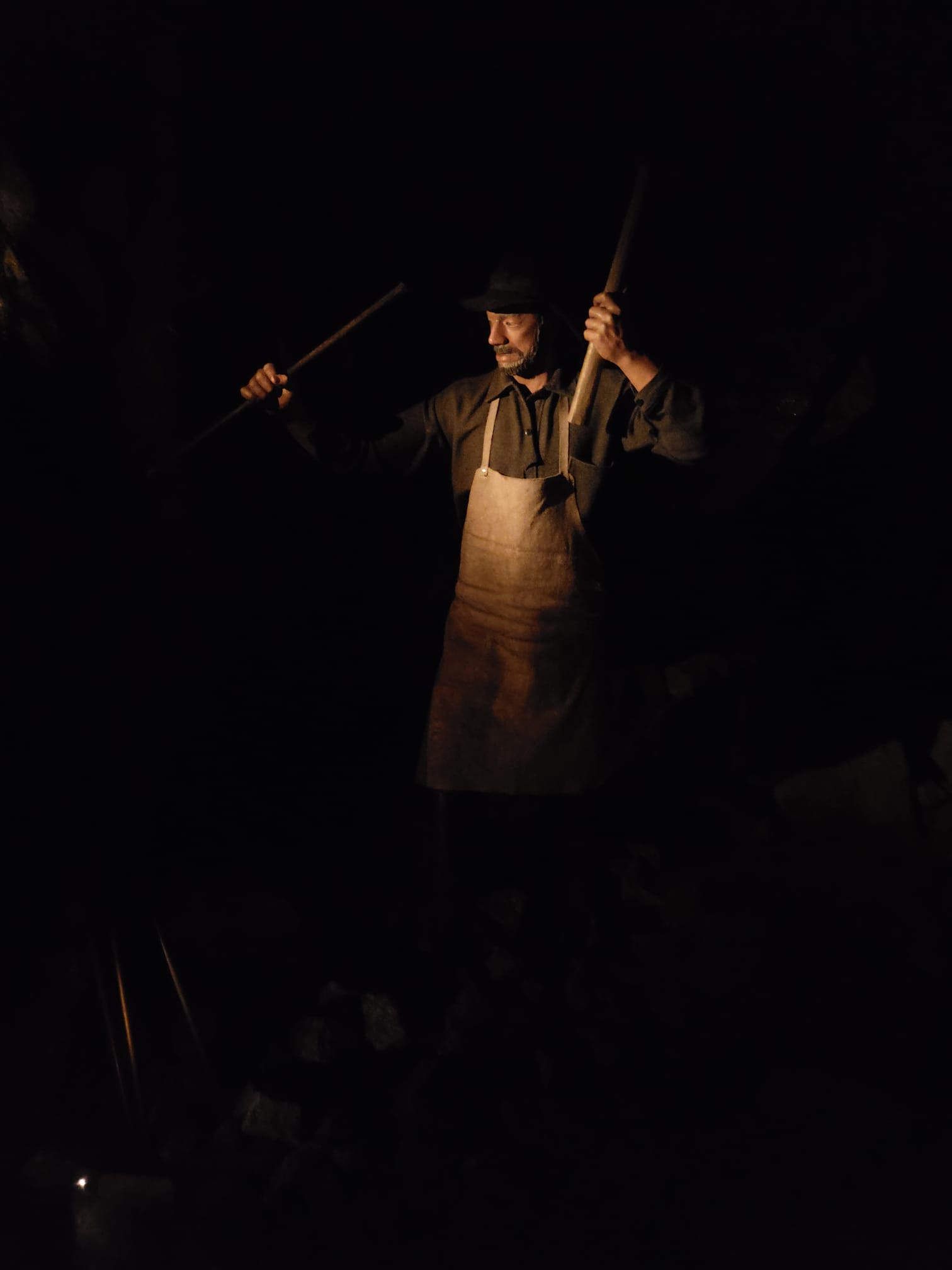
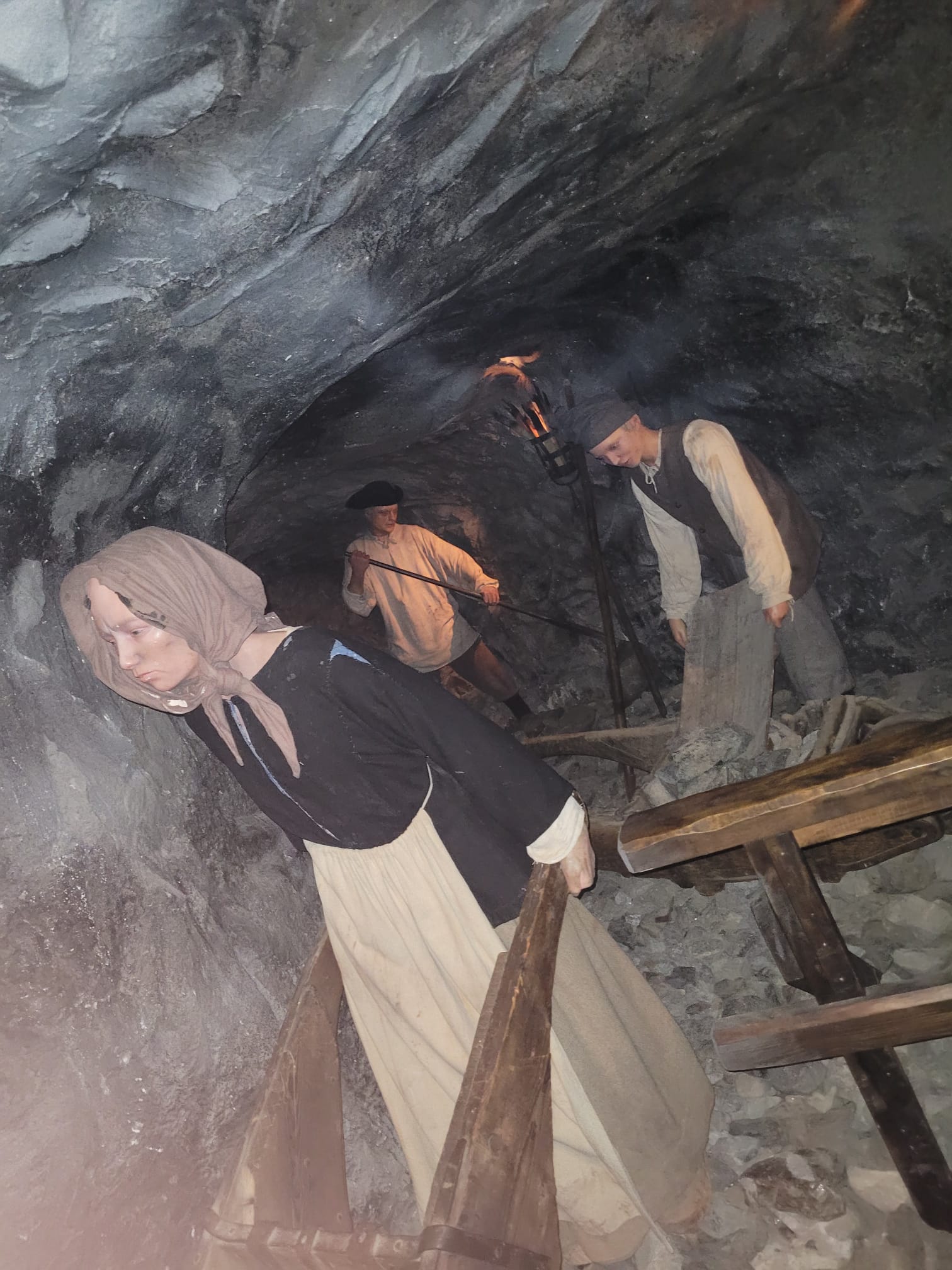
Life after death
Are you curious about to what extent artificial intelligence has evolved nowadays? Would you like to know more about cryopreservation and how we can become immortal? Or do you just want to take a picture with your favorite Transformers character? In any scenario, Tekniska museet is the perfect place to quench your thirst for knowledge!
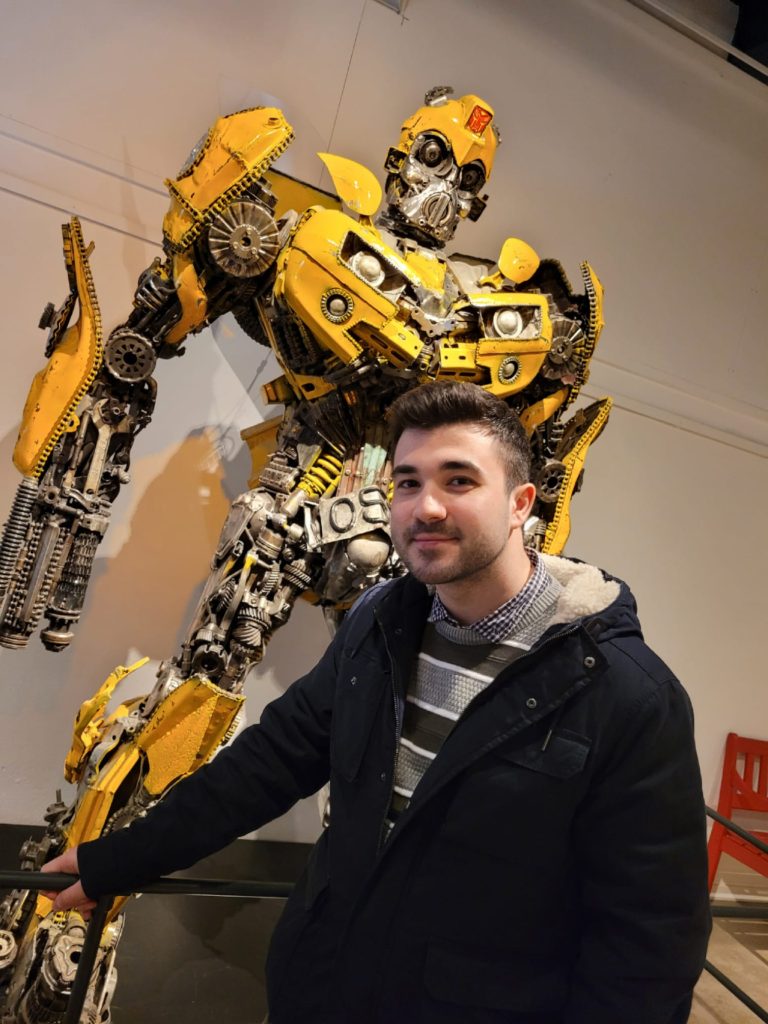
If you have any questions for me or ideas for new blogs, please feel free to contact me!

Vlad – Biomedicine (BSc)
I'm Vlad, your Romanian blogger who comes from the very homeland of Dracula, Transylvania. While completing my first degree in International Business, I based my undergraduate thesis on the inconsistency of biological analogies in Economics. I began to study the genomes of ants and thus gravitate towards Biomedicine and KI. I chose Karolinska because of its academic and research excellence and because one day I wish to be able to make a difference in the field of Cancer Genetics. Visiting the remarkable collection of preserved medieval manuscripts from the Kungliga Biblioteket is on my bucket list.

0 comments